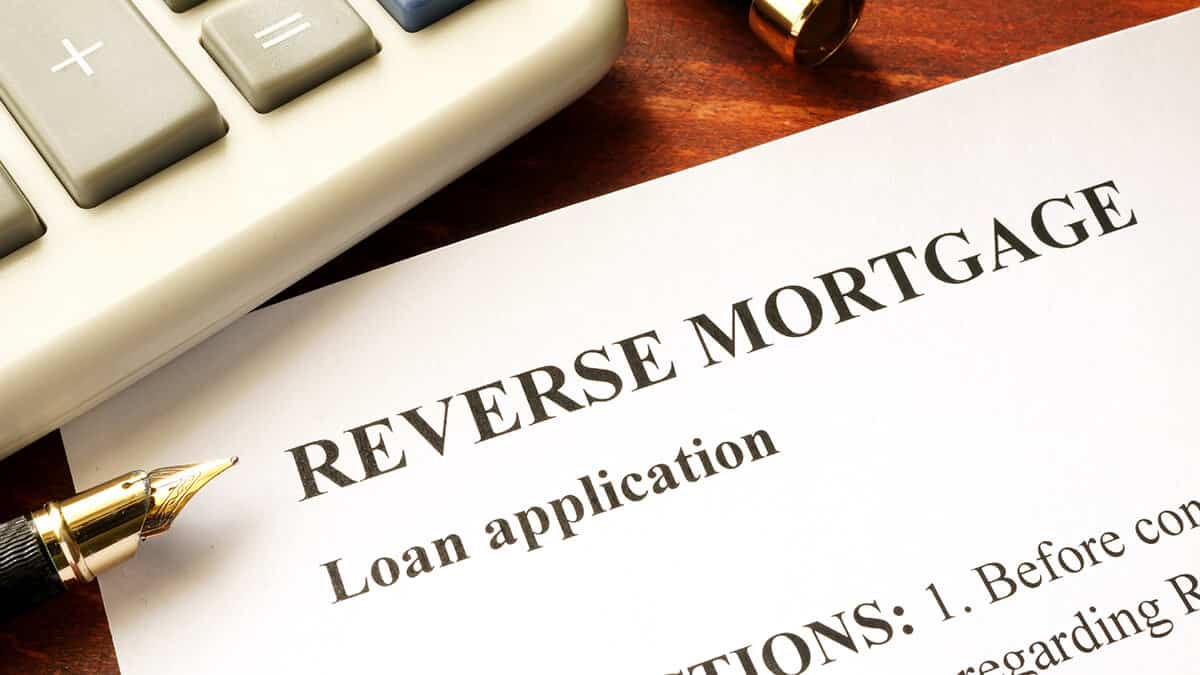In this guide
With cost-of-living pressures continuing to bite, many Australians are finding it increasingly difficult to make ends meet and it can be even tougher if you’re retired.
While you may own a home that’s soared in value over the years, the growth in your income to pay the bills is unlikely to have kept pace with property values or inflation.
If you find yourself asset rich but income poor, one solution can be to unlock some of the money tied up in your home through a reverse mortgage. These financial products work a bit like a traditional home loan – but in reverse.
It’s a strategy an increasing number of people over age 60 are using to create more income in retirement, or to pay for lumpy expenses like holidays or a new car.
Need to know
Reverse mortgages are complex financial products, so always seek independent legal and financial advice on the impact of this type of loan on your home and overall finances before signing up.
It’s also important to consider the potential impact of a reverse mortgage on your potential longer-term retirement expenses like aged care.
Learn more about the cost of aged care.
Check out the costs of care at home.
What are reverse mortgages?
A reverse mortgage is a different form of home loan than the one you originally used to buy your home. A reverse mortgage allows you to borrow money against the equity (value of your home less any mortgage debt) you built up in your home as you repaid your mortgage over the years and property values increased.

Leave a Reply
You must be logged in to post a comment.